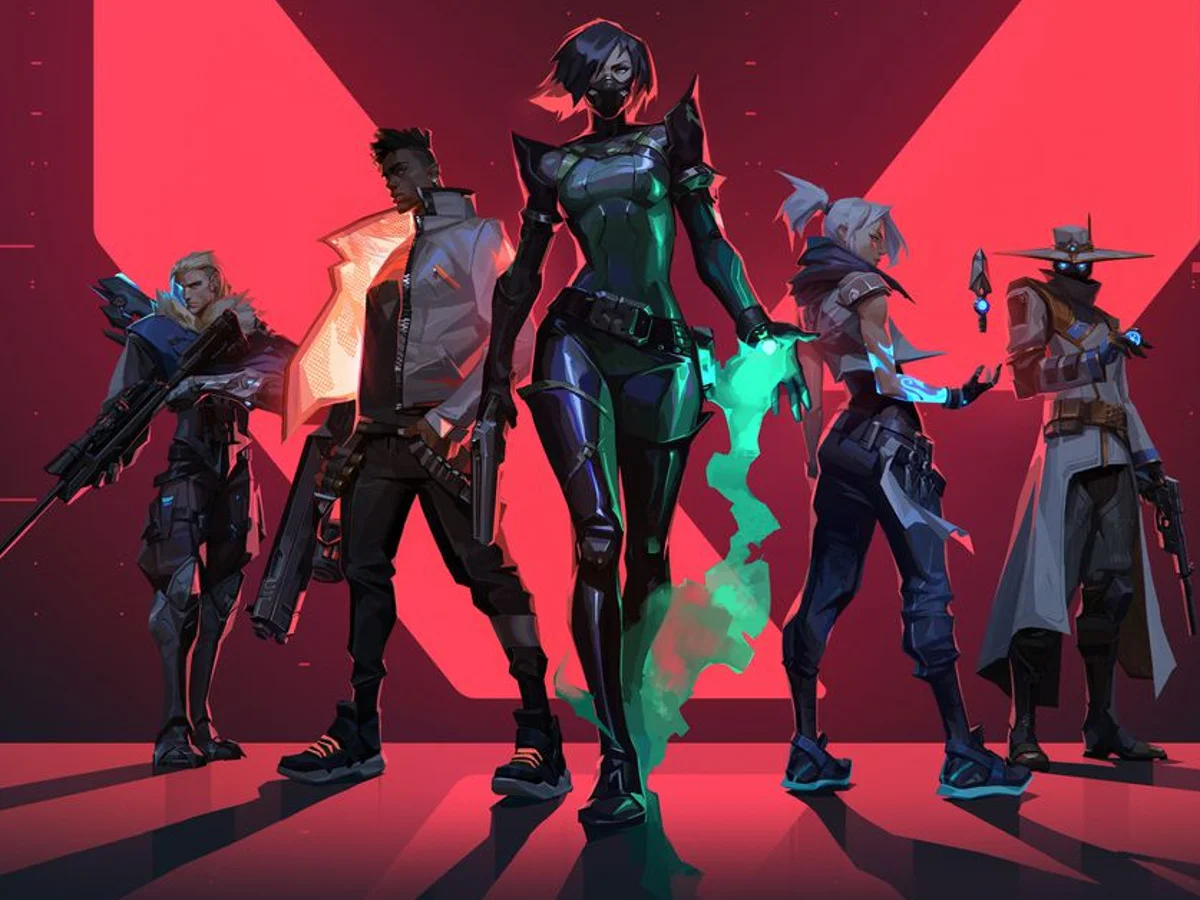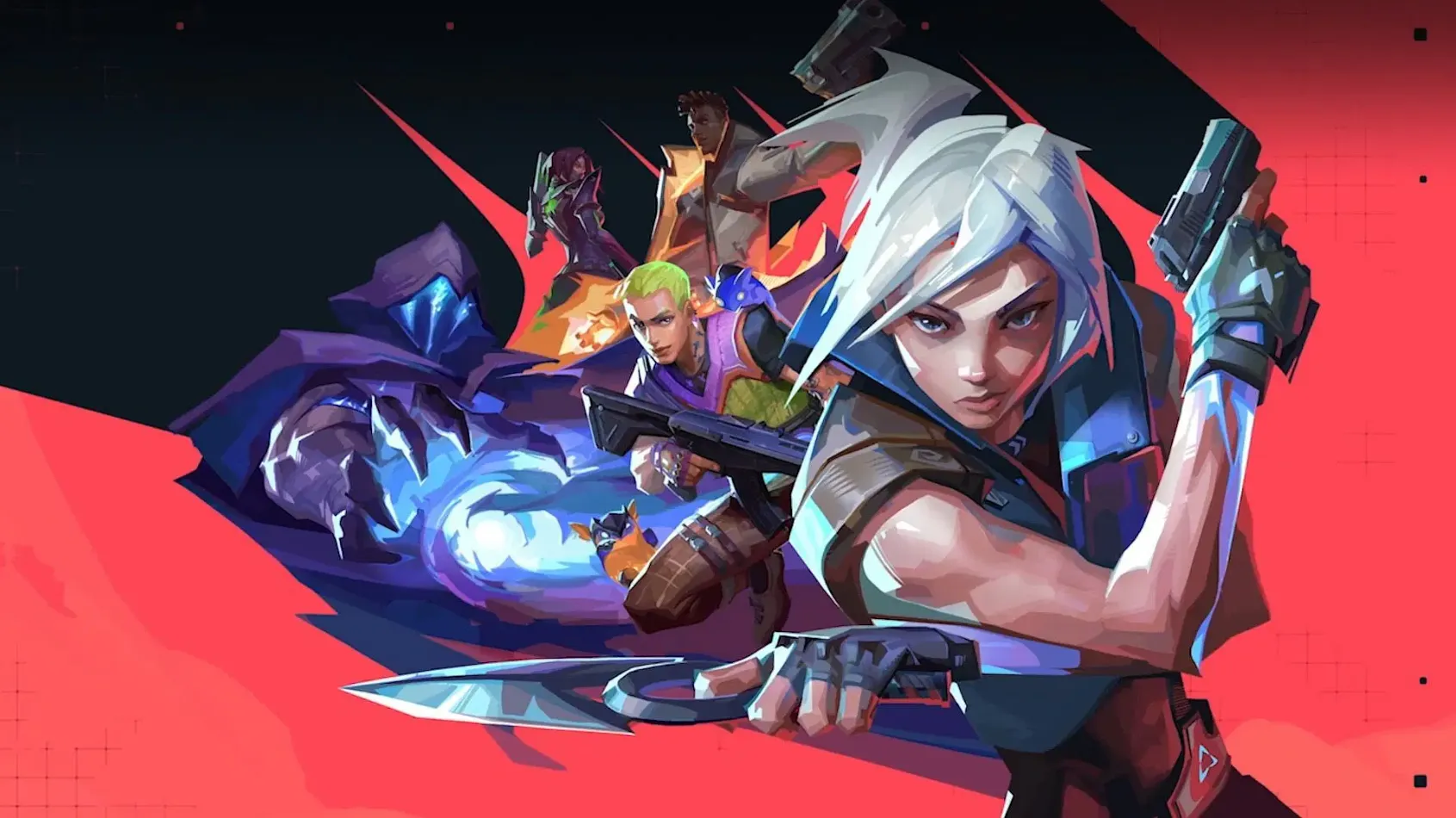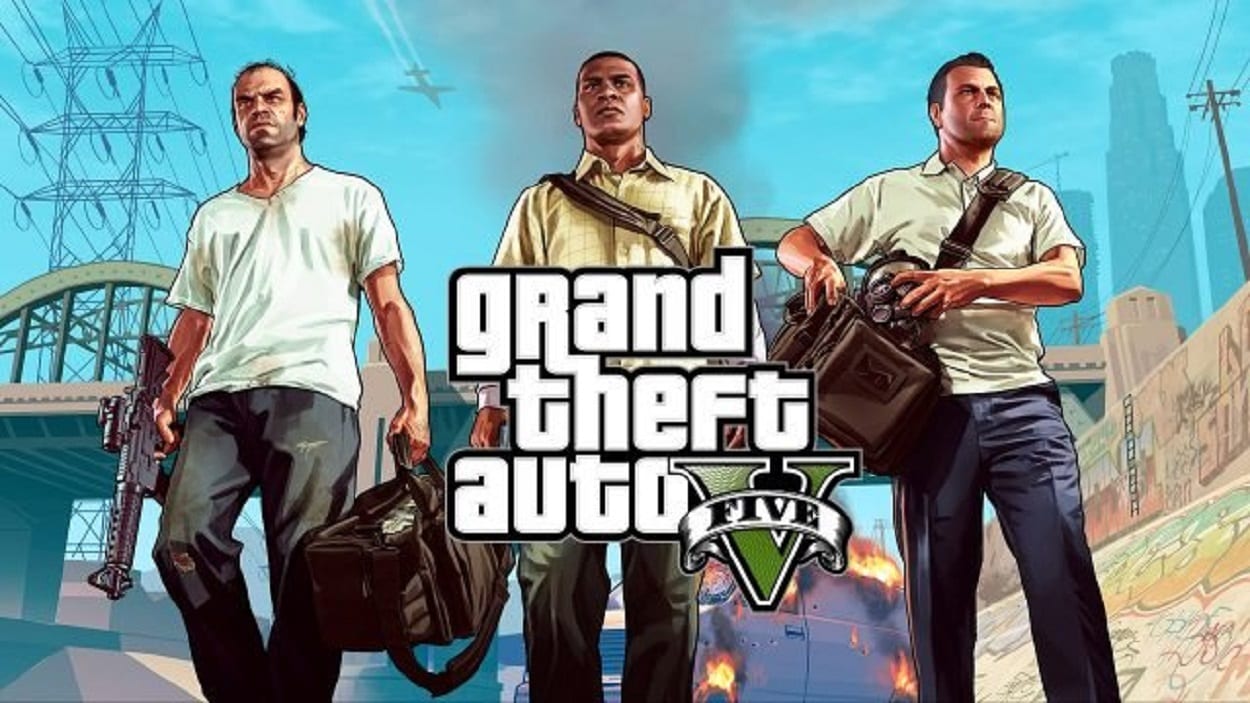Popular Now
Introduction
Valorant, developed by Riot Games, stormed onto the FPS scene in 2020 as a unique blend of gunplay precision and hero-based strategy. It’s more than just a shooter—it’s a carefully constructed tactical experience that combines elements of Counter-Strike with class-based abilities similar to Overwatch. While at first glance it might seem like just another competitive shooter, Valorant has carved out a loyal global community and a thriving esports ecosystem. This article breaks down the deeper systems that make Valorant stand out, from its agent design to map balance, and why it has become a modern icon of competitive gaming.
1. Tactical Depth in Core Gunplay
Valorant’s gunplay is slow, precise, and punishing. Unlike fast-paced arena shooters, every shot must count—spraying is discouraged, and headshots are almost always fatal.
Players must master:
-
Counter-strafing to stop movement before shooting
-
Weapon recoil and spray control
-
Economy management for buying weapons and utility
This design rewards skill, discipline, and patience—making each round feel high-stakes.

2. Agents as Strategic Anchors
Each agent in Valorant comes with a set of unique abilities that influence how rounds play out. Agents are divided into roles:
-
Duelists (entry fraggers like Jett and Reyna)
-
Controllers (map control like Omen and Viper)
-
Sentinels (defense like Sage and Killjoy)
-
Initiators (disruption and info like Sova and Skye)
Abilities are not meant to replace shooting mechanics but to support them—unlike other hero shooters, abilities complement aim rather than carry it.
3. Round-Based Structure and Economy Management
Valorant follows a best-of-25 round structure, where players alternate between attacking and defending. Each round won or lost affects team economy, which determines:
-
What weapons and abilities can be bought
-
Whether a team can execute full strategies or must save
Teams must coordinate purchases, save rounds wisely, and manipulate the economy—making resource management almost as important as shooting.
4. Map Design that Encourages Strategy
Valorant maps are crafted for tactical depth. Most maps feature:
-
Multiple chokepoints and flanking routes
-
Vertical elements for elevation-based strategy
-
Pre-set plant sites with varying defensive advantages
Each map has unique features—like Bind’s teleporters or Haven’s triple sites—which force players to adjust tactics on the fly.
5. Utility Use Over Pure Aggression
Abilities like smokes, flashes, walls, and recon tools are central to team tactics. A well-placed smoke from Brimstone or a recon arrow from Sova can completely change the momentum of a round.
Instead of just pushing aggressively, players must:
-
Clear angles with utility
-
Deny vision or force repositioning
-
Combine team abilities for synergy (e.g., Skye flash + Jett dash)
This shift from solo plays to team utility usage is a big reason why Valorant feels so strategic.
6. Anti-Cheat and Competitive Integrity
Riot Games launched Valorant with a built-in anti-cheat system called Vanguard. Although controversial due to its kernel-level access, Vanguard has proven effective in maintaining:
-
Low cheating rates
-
Competitive fairness in ranked and tournament matches
This commitment to integrity has helped Valorant become a reliable platform for serious competition, something previous shooters have struggled with.
7. Ranked System and Skill Progression
Valorant’s ranked ladder includes Iron, Bronze, Silver, Gold, Platinum, Diamond, Ascendant, Immortal, and Radiant tiers. Progression is based not just on wins but on individual performance, especially at lower levels.
Climbing the ladder involves:
-
Winning rounds consistently
-
Communicating with your team
-
Demonstrating clutch and support plays
This system encourages team play while rewarding individual impact, keeping players motivated.
8. A Global Esports Powerhouse
Valorant Champions Tour (VCT) is Riot’s official global tournament structure. It includes:
-
Regional leagues
-
International Masters events
-
The annual Valorant Champions finals
Top teams compete for millions of dollars and international prestige. Riot’s deep investment into production quality, storylines, and regional rivalries has made Valorant one of the fastest-growing esports titles globally.

9. Aesthetic and Audio Design That Elevates Gameplay
Valorant’s art style is clean, colorful, and readable—a departure from hyper-realistic shooters. This decision benefits gameplay by:
-
Making enemies easy to spot
-
Clarifying abilities and visual effects
-
Preventing visual clutter in intense moments
Sound design is also critical. Every step, reload, or utility use creates audio cues, allowing players to track enemy movement and anticipate plays with precision.
10. Future Potential and Community Involvement
Valorant’s regular content updates include:
-
New agents every few months
-
Map rotations and reworks
-
Patch notes with balance changes
-
Community-focused tools like custom lobbies and replay systems (in development)
The dev team regularly communicates with players via blog posts, patch notes, and Twitter, reinforcing transparency and trust.
Upcoming additions like Premier (an in-client tournament mode) signal Riot’s intent to give every player, not just pros, a path to competitive glory.
Conclusion
Valorant has redefined the modern tactical shooter. By combining sharp gunplay, agent strategy, map control, and high-level team coordination, it has built an ecosystem where every match is a mind game and every victory feels earned. From casual ranked players to professional competitors, Valorant offers a battlefield where precision meets personality. As Riot continues to evolve the game, Valorant is not just surviving in the crowded FPS genre—it’s dominating it.

















